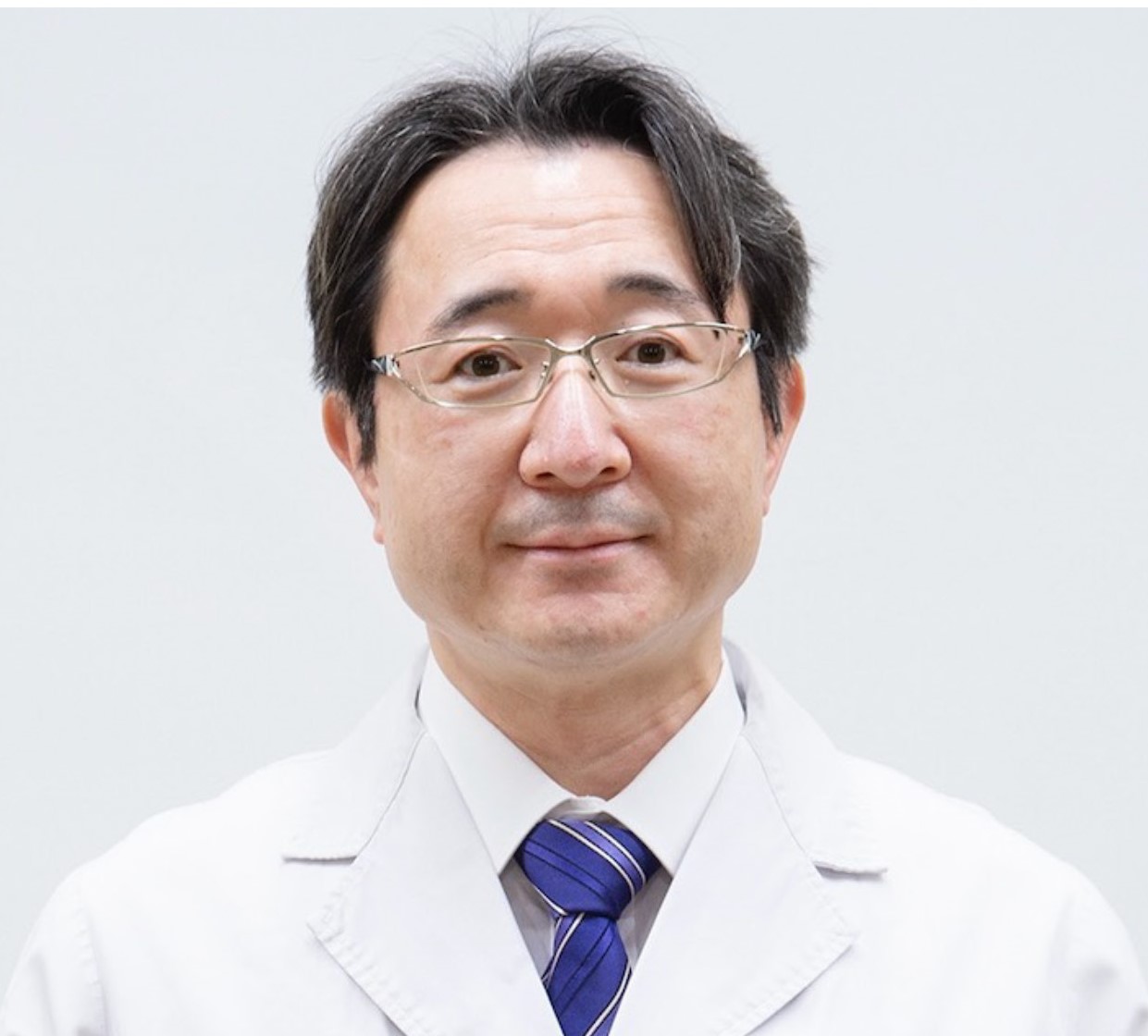The antimicrobial properties therapeutic prospects of new generation quinolones

Professor Huang Hai Hui
Deputy Director, Institute of Antibiotics, Huashan Hospital, Fudan University;
Deputy Director of the Key Laboratory of Clinical Pharmacology of Antibiotics of the Health Commission;
Member of the Drug Evaluation Professional Committee of the Chinese Pharmaceutical Association;
Member of Infection and Chemotherapy Branch, Shanghai Medical Association;
Member of the Drug Therapy Committee, Shanghai Pharmaceutical Association
Q1. Sitafloxacin is an original oral fluoroquinolone developed in Japan. It has already been marketed in China and added to the NRDL. Could you please give us a brief introduction about the clinical trials of this drug in China?
Before its marketing in China, two large-scale, multicentre, randomised controlled trials of sitafloxacin were conducted. The trials evaluated the efficacy and safety of sitafloxacin in community-acquired pneumonia (CAP) and urinary tract infection (UTI).2
The first noninferiority clinical trial compared the efficacy of sitafloxacin versus levofloxacin for the treatment of UTI. A total of 16 sites in China participated in the study and 208 patients were enrolled. The results of the study showed that effectiveness of oral sitafloxacin (100 mg qd) for the treatment of acute uncomplicated UTI and sitafloxacin (100 mg bid) for the treatment of complicated UTI was noninferior to levofloxacin (500 mg qd). Among patients with complicated UTI, the clinical cure rate, bacterial eradication rate and comprehensive cure rate in the sitafloxacin group were higher compared with those in the levofloxacin group (81.8% vs 76.9%; 93.3% vs 63.6%; 80.0% vs 54.5%, respectively). However, due to the small sample size, the difference between the two treatment groups was not statistically significant. Similar rates incidence of adverse events were observed in both the sitafloxacin 100 mg qd and 100 mg bid groups as well as in the levofloxacin group.
The most common isolated pathogens in patients with acute uncomplicated and complicated UTIs were Escherichia coli – accounting for approximately 80% (79.6%; 82/103) of all isolated pathogens. The MIC90 value of sitafloxacin and levofloxacin against 82 strains of E. coli was 1 mg/L and 8 mg/L, respectively; 81.7% (67/82) of the isolates were susceptible to levofloxacin. For the 12 strains of levofloxacin-resistant coliform bacteria, the MIC of sitafloxacin was generally lower than that of levofloxacin – with 1 mg/L against 8 strains, 2 mg/L against 3 strains, and 8 mg/L against 1 strain.
Another study – also a noninferiority study – compared the efficacy of sitafloxacin and moxifloxacin for the treatment of CAP. There were 26 participating sites, and 344 patients were enrolled. The clinical cure rates of oral sitafloxacin 100 mg qd, sitafloxacin 100 mg bid and oral moxifloxacin 100 mg qd were 94.8%, 96.8%, and 95.0%, respectively; bacterial eradication rates were 97.0%, 97.1%, and 94.9%, respectively; incidence of drug-related adverse events were 16.4%, 20.2%, and 20.9%, respectively. There was no significant difference between the three treatment groups.
The clinical cure rate of patients with CAP caused by Streptococcus pneumoniae, Staphylococcus aureus, and Haemophilus influenzae in the sitafloxacin group was 100%. Sitafloxacin has also demonstrated good efficacy against Enterobacteriaceae such as Klebsiella pneumoniae, glucose-nonfermenting bacteria such as Pseudomonas aeruginosa, Mycoplasma pneumoniae, Chlamydia pneumoniae and Legionella pneumophila. The minimum inhibitory concentrations (MICs) of sitafloxacin and moxifloxacin against baseline isolated pathogens were also determined concurrently and the results showed that sitafloxacin has better antibacterial activity against H. influenzae, S. aureus and P. aeruginosa than moxifloxacin.
Q2. Could you please describe the properties of sitafloxacin as a novel quinolone?
The mechanism of action of sitafloxacin is the inhibition of DNA gyrase and topoisomerase IV. The inhibitory effect of sitafloxacin is stronger than that of other quinolones. Sitafloxacin has also demonstrated strong inhibitory effect against mutations in the quinolone resistance-determining regions (QRDR) – thus having a strong antibacterial effect on bacterial strains resistant to other quinolones in addition to a low incidence of the development of drug resistance. Sitafloxacin has shown good antibacterial activity against some levofloxacin-resistant E. coli isolated from patients with UTI.2 A strong antimicrobial activity of sitafloxacin against S. pneumoniae and K. pneumoniae in patients with CAP has also been observed.1
Q3. Could you please describe the therapeutic prospects of sitafloxacin based on the current diagnosis and treatment landscape of infectious disease in China?
Approximately 150 million people worldwide suffer from urinary tract infections annually, with E. coli being the most common causative pathogen. The emergence of quinolone-resistant E. coli has occurred rapidly since the 1990s in China – with the rate of resistance rising from 0% to 5% in the 1980s to 50% to 60% in recent years. The cross-resistance among the quinolones has greatly affected their clinical applications. The test drug sitafloxacin used in this clinical is different – it has high antibacterial activity against E. coli and good activity against nearly 70% of ciprofloxacin-resistant E. coli. This provides a new treatment option for UTI and has improved efficacy in the treatment of UTI – particularly complicated UTI.
CAP is a major global health concern. Local epidemiological investigations showed that M. pneumoniae and S. pneumoniae are the most common causative pathogens of CAP in adults. Other common pathogens include H. influenzae, C. pneumoniae, K. pneumoniae and S. aureus. Due to the recent increasing prevalence of antibiotic resistance in CAP – particularly to penicillin and macrolides – fluoroquinolones have become one of the most important treatment options for CAP in adults. The guidelines recommend the use of quinolones alone for the treatment of CAP outpatients with underlying diseases (such as chronic heart, lung, liver, and kidney diseases, diabetes, alcoholism, malignant tumours, and asplenia) and as combination therapy for CAP inpatients. Similarly, sitafloxacin has strong antibacterial effects against S. pneumoniae, K. pneumoniae, and M. pneumoniae – thus presenting good therapeutic prospects for CAP.
With the inclusion of sitafloxacin in the NRDL, the accessibility of this antimicrobial agent and the affordability of patients have greatly improved. We look forward to sitafloxacin’s performance in China for patients with acute uncomplicated UTI, complicated UTI and CAP.
References
1. Li Y, et al. Curr Med Res and Opin 2021;37:693-791.
2. Li Y, et al. Ann Med 2021;53:217-226.
3. Bader MS, et al. Postgrad Med 2010;122:7-15.
4. Flores-Mireles AL, et al. Nat Rev Microbiol 2015;13:269-284.
5. Tiengrim S, et al. J Med Assoc Thai 2012;95:S6-S17.
6. Zhu DM, et al. Chinese Journal of Infection and Chemotherapy 2013;12:241-250.
7. Long SS, et al. Chinese Journal of Nosocomiology 2020;30:1066-1071.
8. Pletz MW, et al. Chest 2020;158:1912-1918.










